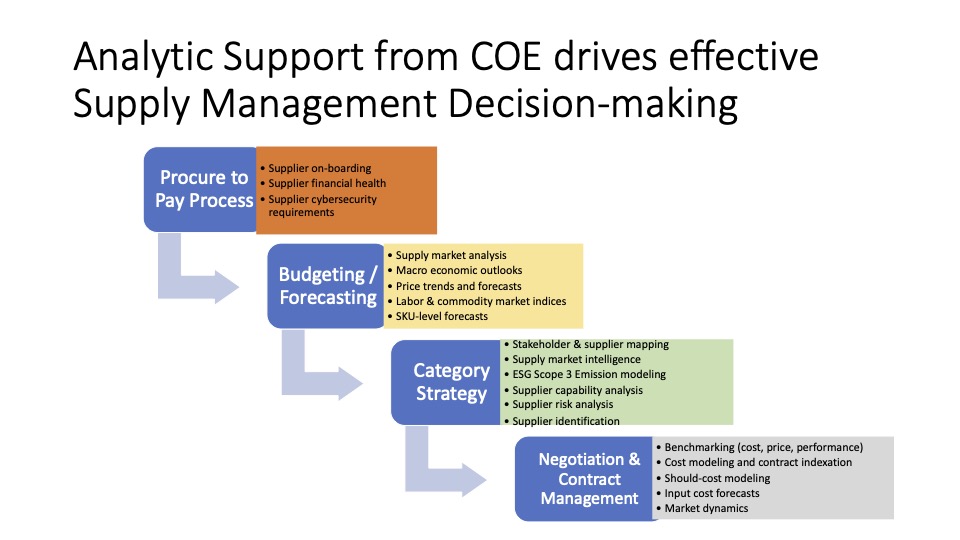The Future of RFID’s
When will RFID be as ubiquitous as bar codes?
- Today – 6.51%
- Next year – 10.65%
- Two years – 17.16%
- Five years – 42.01%
- Ten years – 13.61%
- Longer – 10.06%
Source: The Association for Automatic Identification and Data Capture Technologies, May ‘02
Radio Frequency IDentification tags (RFID’s) are circuits which contain memory to store data such as serial numbers and delivery history. Wireless radio communications perform the writing and reading function to transmit data to information repositories. Unlike barcodes or UPC symbols, RFID’s do not require a direct line of site in order to collect information.
A recent article from our news feed describes RFID technology in more detail, RFID’s Day is Coming.
Current applications:
- Transportation and logistics
- Manufacturing and processing
- Security
Promising future applications:
- Animal tagging
- Waste management
- Time and attendance
- Postal tracking
- Airline baggage reconciliation
- Road toll management
Facts & Figures
History
{background:#CCCCCC}. |{width:369px}. Inception of RFID technology |{width:111px}. 1980 |
| Year by which the European Central Bank is working to embed RFID tags in the fibers of all Euro bank notes | 2005 |
{background:#CCCCCC}. | Currently cornering the market on RFID tag manufacturing | Texas Instruments |
h3. Costs
{background:#CCCCCC}. |{width:369px}. Current average price per passive tag (read-only) |{width:111px}. 40¢ |
| Current average price per active tag (readable and writeable, requires a power source) | $5 – $10 |
{background:#CCCCCC}. | Predicted price per tag by 2004 | 1¢ |
| Average cost of a tag reader/antennae | $3,500 |
h3. Measurements
| Maximum memory storage per tag | 1 MB |
| Average battery life for active tags | 3-5 years |
| Frequency ranges… price of system increases as range increases | 100 KHz to 5.8 GHz |
| Speed at which tags can be moving and still be read accurately | 150 mph |
| Distance from which tags can be read | 1,000 feet |
| Size of smallest RFID manufactured to date | 550 microns |
| Response time for tag to be read | 100 milliseconds |
| Temperature tags can withstand | -50ºC to +70ºC |
Miscellaneous statistics
| Amount per incident that FedEx saves by using RFID technology to facilitate keyless vehicle operation, eliminating the need for re-keying due to lost keys. | $200 |
| Time between prisoner tracking broadcasts via RFID tags at a prison in California | 2 seconds |
| Number of RFID tags Gilette purchased in November 2002 | 500,000,000 |
| Number of U.S. amusements parks using RFID technology for child/group tracking as of November ‘02 | 4 |
| Amount of containers coming into the US currently being manually inspected | 2% |
| Portion of poll respondents who believe RFID’s will be most widely used in supply chain applications (vs. manufacturing, parcel distribution, access control, etc) | 45.68% |
| The home for information about radio frequency technologies | www.rfid.org |
- Categories:


